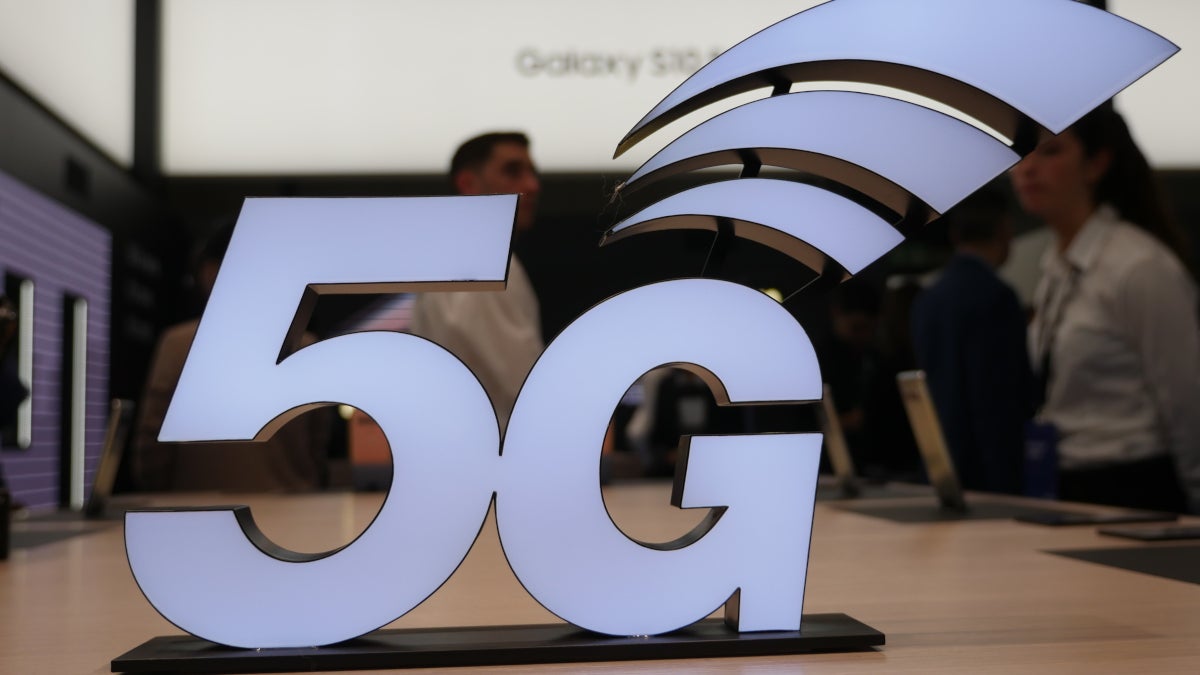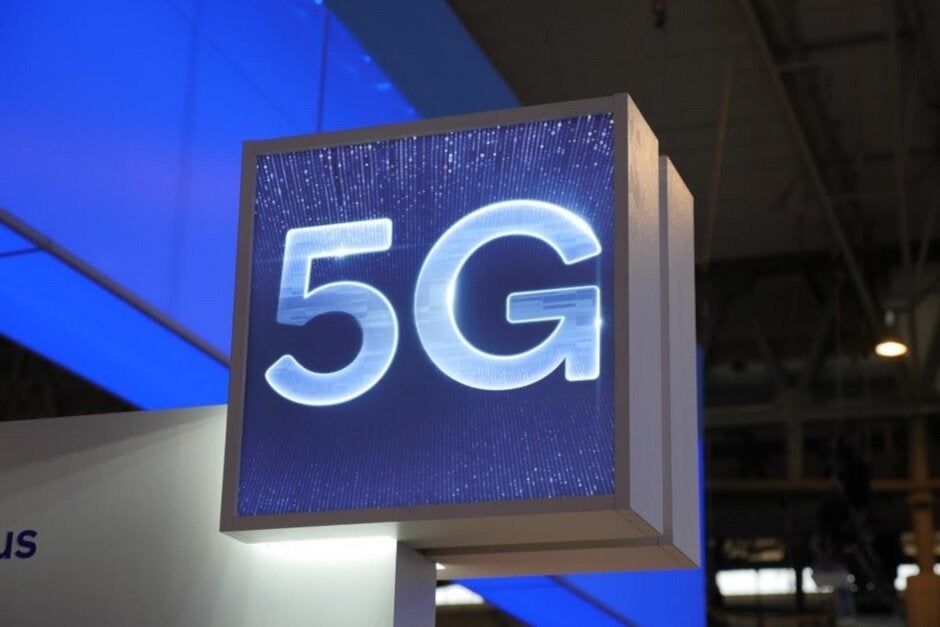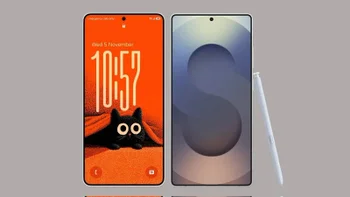FCC approval commercializes much needed mid-band spectrum

There is just not enough mid-band spectrum available to satisfy the demands of U.S. carriers. Back in November, U.S. Cellular President and CEO Ken Meyers said that stateside wireless providers need to find as much mid-band spectrum as they can get their hands on. Meyers' company along with Verizon, AT&T, Bluegrass Cellular, Pine Belt Wireless, and the C-Band Alliance sent a letter to the FCC demanding that the agency auction off airwaves in the 3.7GHz to 4.2GHz range. This auction is expected to take place before the end of this year.
Mid-band spectrum is the prize behind T-Mobile's proposed merger with Sprint. The latter owns a hoard of 2.5GHz spectrum and T-Mobile wants it. Why? As T-Mobile CEO John Legere said under oath earlier this month, with Sprint's spectrum T-Mobile will "triple the total 5G capacity of standalone T-Mobile and Sprint combined." If the deal doesn't get done, Legere says that the company will "exhaust capacity in the next two to four years" in some markets. T-Mobile is looking to combine the best attributes of its 600MHz low-band spectrum, Sprint's 2.5GHz mid-band spectrum, and T-Mobile's ultra-high mmWave spectrum.
FCC allows four companies to commercialize Band 48 for 4G and 5G use
Low-band airwaves travel farther and penetrate buildings better, but they don't offer the download data speeds and capacity that mmWave does. And T-Mobile says it needs Sprint's spectrum to help it cover more rural and low-income Americans with 5G signals. If the merger is not approved, you can expect Legere and company to participate in the C-Band auction. You might recall that in 2017, the wireless provider spent $7.99 billion to snap up 31MHz of 600MHz spectrum during an FCC auction.

The FCC has opened Band 48 to commercial 4G and 5G use
There is another way for U.S. carriers to obtain mid-band airwaves. Last month we told you about the Citizens Broadband Radio Service (CBRS) that makes up a 150MHz wide section of the 3.5GHz band (3.5GHz to 3.7GHz). Also known as Band 48, the FCC today certified four companies from the CBRS Alliance giving them the ability to use this band. Those four outfits are CommScope, Federated Wireless, Inc. (Federated), Google and Sony, Inc. (Sony). The quartet will be able to run full commercial operations in the 3.5GHz band.
FCC Chairman Ajit Pai seemed to be pretty pleased with today's action by his agency. Pai said, "The FCC has made it a priority to free up mid-band spectrum for advanced wireless services like 5G. And today, I’m pleased to announce the latest step to achieve that priority: the approval of four systems that will enable the 3.5 GHz band to be put to use for the benefit of American consumers and businesses. As with all of our efforts to execute on the 5G FAST plan, we’re pushing to get next-generation wireless services deployed in the 3.5 GHz band as quickly and efficiently as possible. I would like to thank Commissioner Mike O’Rielly for his leadership throughout this proceeding as well as the FCC staff and those in the private sector who have worked so hard to achieve this milestone."
U.S. wireless providers who are planning on using Band 48 are no doubt aware that the military first had control of these frequencies and if they require the use of some of the spectrum, they will get the first crack at it while commercial users will be reassigned to other airwaves.
Band 48 is being called On-Go and right now phones that can use it include the Google Pixel 4, Pixel 4 XL, LG G8 ThinQ, LG G8X ThinQ, LG V50 ThinQ 5G, OnePlus 7 Pro, OnePlus 7T, Samsung's 2019 flagships, and the 5G Moto Mod. At first, these airwaves will be used for LTE signals with plans on using Band 48 for 5G in the near future.
Follow us on Google News









![A new Android bug is making it impossible to install new apps. Are you affected? [UPDATE]](https://m-cdn.phonearena.com/images/article/176703-wide-two_350/A-new-Android-bug-is-making-it-impossible-to-install-new-apps.-Are-you-affected-UPDATE.webp)


Things that are NOT allowed:
To help keep our community safe and free from spam, we apply temporary limits to newly created accounts: